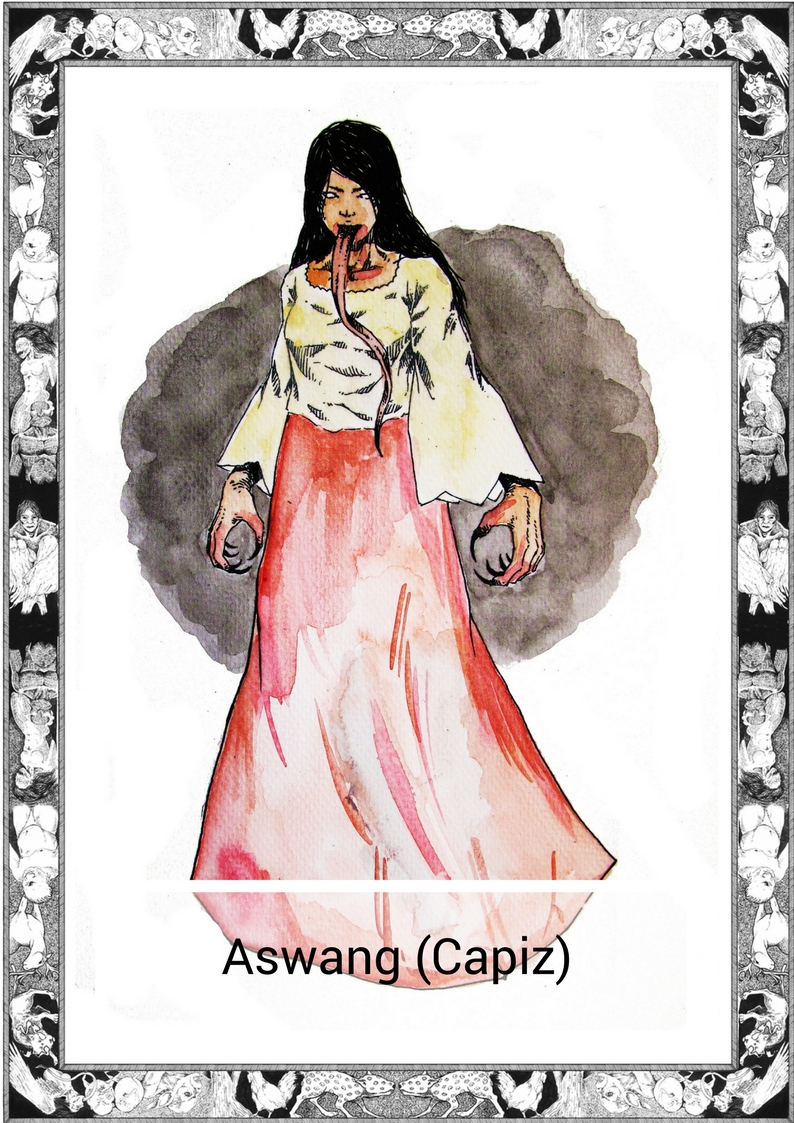
*Note this story is in Bicol-Sorsogon
Nanu kay hadlok ka magadan?
Isturyahan ko ikaw.
San sadto, may mayaman na babaye na nakaistr harani sa dagat? Wara saiya nagbibisita. Gusto niya pirmi lang mahilom sa dako niya na balay. Pirmi siya nasa dagat, nagbibilang san mga bituon, san mga baybay.
Saro lang an amiga niya nan dili idto tawo. An anino san kamatayan an pirmi noya kaupod sa saiyang kamunduan. Nakilala niya san namatay an ina niya. Dili siya nahadlok san nakita niya siya.
“Nano kay dili ka hadlok saakon?” hinapot siya san anino. “Pinapagayon mo an buhay.” Simbag niya.
An anino kan kamatayan naugma sa sinabi niya. Dili niya binayaan an babaye hanggang sa matapos niya an ritwal para sa proteksyon san mama niya pagkamatay niya. Namuot saiya an anino san kamatayan. Niyan lang siya nakakakilala san arug niya.
Madali magselos an anino san kamatayan. Gusto niya saiya lang an babayi. Pirmi siya nakasunod saiya.
An babayi aram an plano san anino san kamatayan. Naghali siya sa balay ninda nan nagadto sa lola niya na may kapangyarihan. Hinatagan siya san kapangyarihan. Batog sadto dili na mamamatay an babayi.
Pero dili binayaan san babayi an anino san kamatayan. Gusto niya magbalos sa amiga niya. Nawara an respeto niya sa kamatayan.
Dili ka dapat mahadlok sa kamatayan.
Mahadlok ka sa puwede mangyari pagkatapos mo mamatay.
English Version
Why should you fear death?
Let me tell you a story.
A long time ago, there was a rich woman who lived by the sea. She would not have any visitors, for she liked the quiet that her large house gave her. She would spend her days and nights by the beach, counting each star and each grain of sand.
She had but one friend, not like any person in the world, for it was not a person at all. The shadow of death would spend time with her to ease her loneliness. They first met when death’s shadow claimed the woman’s mother. She was not afraid as most people would have been and greeted the shadow politely.
“Why are you not running in fear?” The shadow asked. “You are part of what makes life beautiful.” The woman answered.
Death’s shadow had never been called beautiful before and it stayed until the woman finished the larao, the ritual ceremony to protect her mother’s body from those that would harm it after death. The shadow fell in love with the woman then, for it had never met a human who respected death such as she did.
Death’s shadow was a jealous thing and it wanted the woman all to itself. It had followed her to the seaside and had planned to drown the woman, so that she may be in death’s embrace forever.
The woman was no fool, though and knew what the shadow had planned. She left her house and visited her grandmother. For you see, the old woman had great power that was once rejected by her granddaughter. The woman had no choice, death’s shadow was approaching.
When the shadow caught up to the woman it was surprised. She had become deathless, she would never know the shadow’s embrace.
The woman would not leave death’s shadow though. She had known the betrayal of a trusted friend, and she would not rest until she had her revenge. Every time death was not respected through the larao, she would be there. Desecrating what would have been the shadow’s prize.
You should not fear death.
Fear what comes after.
*The Bikol languages or Bicolano languages are a group of Central Philippine languages spoken mostly in the Bicol Peninsula in the island of Luzon, the neighboring island province of Catanduanes and the island of Burias in Masbate. There is a dialect continuum between the Visayan languages and the Bikol languages; the two together are called the Bisakol languages.
The Tabaco-Legazpi-Sorsogon (TLS) dialect is spoken in the eastern coast of Albay and the northeastern part of Sorsogon. TLS is the dialect that has been most influenced by the Inland Bikol languages.
Written by Karl Gaverza
Bicol Translation by Sara Grace C. Fojas
Copyright © Karl Gaverza
Translation Copyright © Sara Grace C. Fojas
Inspired by the Aswang (Capiz) description in Creatures of Philippine Lower Mythology. Ramos. 1971.
Aswang (Capiz) Illustration by Leandro Geniston from Aklat ng mga Anito
FB: That Guy With A Pen
Watercolor by Catherine Chiu
FB: Wildling Child
IG: https://www.instagram.com/
